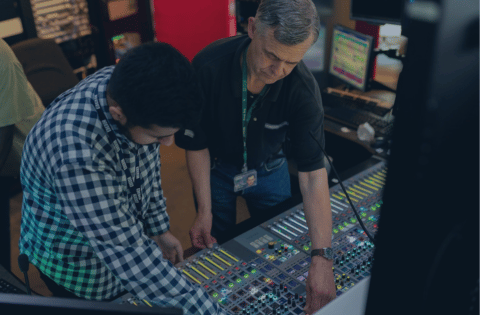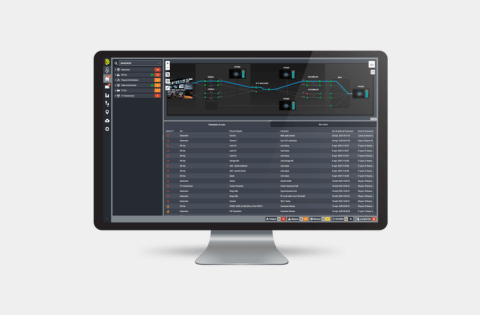In today's digital age, television has evolved significantly, with complex infrastructures supporting the delivery of high-quality content to viewers worldwide. However, ensuring seamless operation and maintaining the highest level of viewer experience requires diligent monitoring of the TV infrastructure. In this blog post, we will explore the importance of monitoring in a TV infrastructure and how it contributes to the smooth functioning of television services.
Monitoring plays a vital role in identifying potential issues before they escalate into major problems. By constantly monitoring various components of the TV infrastructure, such as servers, encoders, transcoders, network devices, and transmission equipment, operators can detect anomalies, performance degradation, or errors in real-time. Proactive monitoring enables quick identification and resolution of issues, minimizing downtime and ensuring uninterrupted service delivery.
Maintaining a high-quality television experience is paramount to retaining viewership and ensuring customer satisfaction. Monitoring enables continuous assessment of key performance indicators (KPIs), such as video and audio quality, signal strength, bit rates, and network latency. By closely monitoring these metrics, operators can identify any deviations from expected values and take necessary corrective actions to optimize the quality of service. This results in improved picture and sound quality, reduced buffering, and a more enjoyable viewing experience for the audience.

TV infrastructures often involve a vast array of resources, including servers, storage, network bandwidth, and content delivery networks (CDNs). Monitoring helps in optimizing resource allocation and utilization. By tracking resource usage patterns, operators can identify bottlenecks, capacity constraints, or underutilized resources. This information allows them to make informed decisions, such as load balancing, capacity planning, or upgrading infrastructure components, leading to more efficient resource management and cost savings.
When issues arise within a TV infrastructure, rapid fault localization and remediation are crucial to minimize service disruption. Monitoring tools provide real-time insights into the performance and status of various system components. By leveraging detailed monitoring data, operators can pinpoint the root cause of faults and promptly initiate appropriate remedial actions. This reduces the mean time to repair (MTTR) and minimizes the impact on viewers.
The digital landscape poses significant security challenges for TV infrastructures. Monitoring systems enable continuous surveillance and detection of potential security threats, such as unauthorized access attempts, content piracy, or network breaches. By monitoring network traffic, user authentication, and system logs, operators can proactively detect and respond to security incidents. Additionally, monitoring assists in ensuring compliance with industry standards, regulations, and content distribution requirements, safeguarding the integrity and legality of television services.

Monitoring is an indispensable aspect of a TV infrastructure, offering numerous benefits for operators and viewers alike. By enabling proactive issue detection, enhancing quality of service, optimizing resource management, facilitating fault localization and remediation, and ensuring security and compliance, monitoring systems empower operators to deliver a seamless and superior television experience. As the TV landscape continues to evolve, investing in robust monitoring solutions becomes essential for broadcasters and service providers to stay ahead in this dynamic industry.
Author: Julien Libeau, Product Manager at WorldCast CONNECT